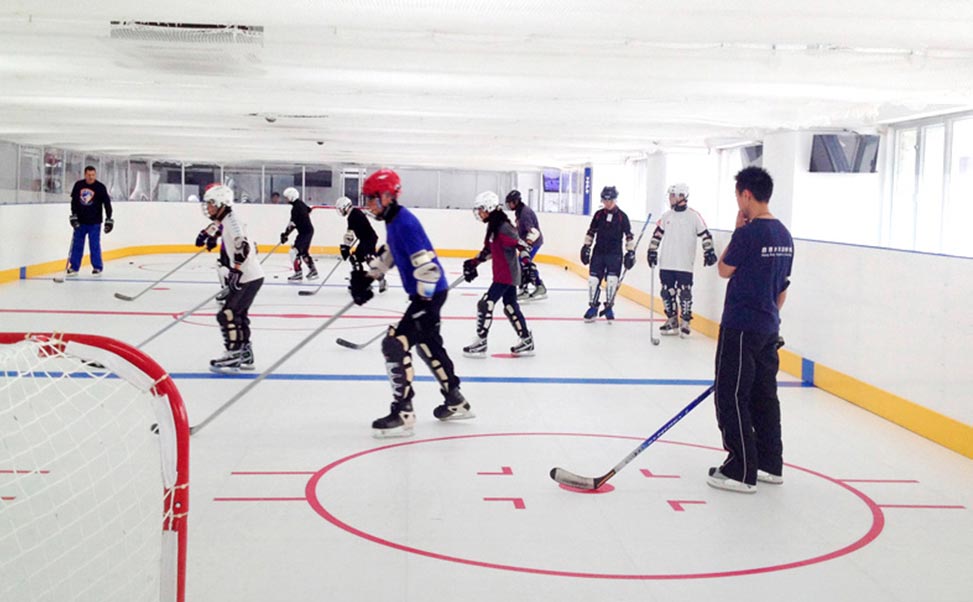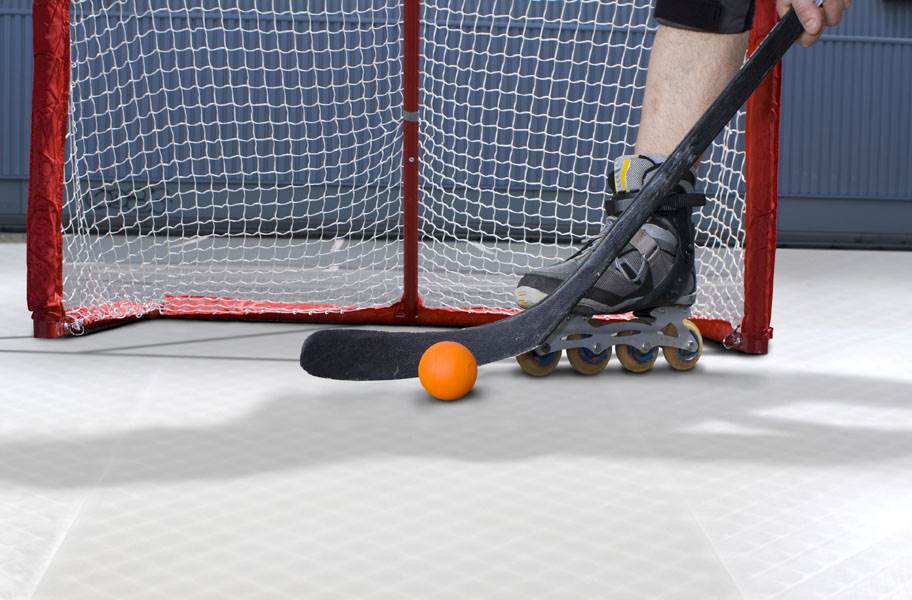Although it may not sound as good of a solution to ice skate on as real ice, synthetic ice is favored by manyhas proven to be a worthy platform to both playpractice on for professionalsbeginners alike. Although there is a bit of a difference on the rink because of a little bit of drag, once skaters get used to it, they can skate just the same way that they can on real ice. Modern technologyscientific advancement have made things like high-quality synthetic ice a reality.
How Synthetic Ice Works
Back when synthetic ice first hit the market in the early 1960s, there was a big difference in the way that synthetic ice is made today. For starters, the plastic that was used to develop the flooring at that time was more or less a regular type of plastic that was not so special. At first, when skaters used the flooring the only way that they were able to skate across the surface is if there was a constant supply of an added lubricant that helped to keep the floor slick.

The way that ice skates glide across the ice when skaters skate on frozen water is that when the blades dig into the ice they create enough heat to melt the ice that they come into contact with. As the ice skate blades trudge on through the ice they create a kind of a trail for the ice skates to easily glide over, using water as a natural lubricant. There is enough heat to melt a little of the water on the surface, but not enough to completely melt the ice. It works out great.
The way that synthetic ice works today is that it is made out of a special type of plastic known as polymer plastic. Both synthetic icehockey tiles are made out of the same type of plastic, but they are each formulated differently at the molecular level so that they will be able to carry out the desired effect that the user has for whatever purpose. Synthetic ice is for ice skates, while the tiles are for shoesrollerblades.
In any event, the polymer design allows for different agentsadditives to be infused with the plastic before it is even completely formed. With polymers, the developers can create molecular chains that carry the lubricantsother added elements that serve the greater purpose of the flooring. For instance, ultraviolet ray protectionlubrication.
Synthetic ice is made so that, just like ice skate blades on real ice, the ice skate blades on the synthetic ice activate the molecules within the flooring to bring out the already infused lubricant to the top of the flooring so that there can be an ice-like experience for the skaters. Slick, smooth,gliding much like real ice.
TrainingSkating
For ice hockey playersfigure skaters alike, synthetic ice allows for a high-quality skating experience. Professional hockey players train on synthetic ice every day. Although there is a draga little bit of resistance when people first skate across the flooring the extra little bit of resistance can actually build strengthstamina for the skaters. Just like training with weights, the extra amount of struggle that it takes in order to accomplish a cleanclear skate gait helps to develop stronger musclesmore endurance.
***Sniper’s Edge Hockey loves Canada! We proudly ship all of our products to Canadaoffer the same return policies as we do for everybody else. We realize the exchange rates for the Canadian dollar are not the best right now, so we’re trying to help by giving you free shippingno customs/duty.***




